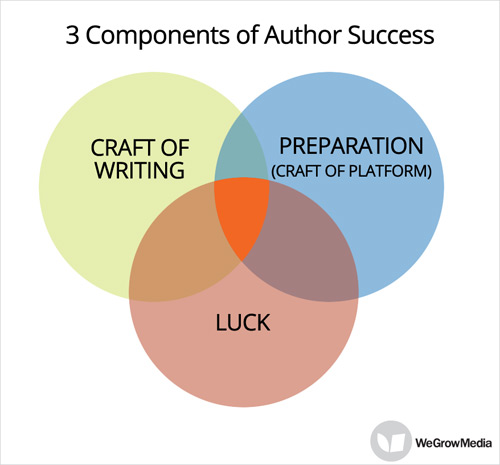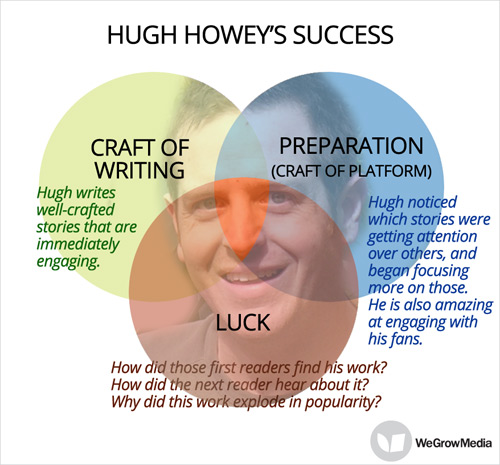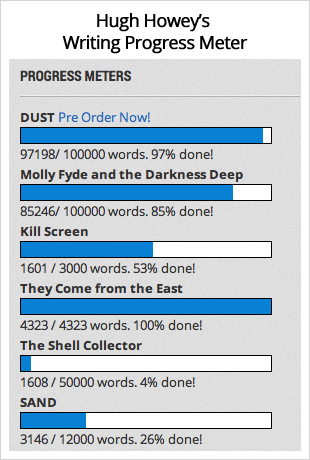This is part of the Bittersweet Book Launch case study, where Dan Blank and Miranda Beverly-Whittemore share the yearlong process of launching her novel. You can view all posts here.
by Miranda Beverly-Whittemore
Back in mid-May, Dan and I had one of those aha! lunches, during which we mutually realized we wanted to be working together; that together, we could accomplish something pretty cool on behalf of Bittersweet, my novel coming out in May 2014. Ever since working with Dan in the fall on the Building Your Author Platform course, and then selling Bittersweet to Crown, and through our various coffee meetings and e-mail exchanges, I’ve had this sense that Dan’s skillset of technical knowledge, combined with a strategic understanding of how the calendar in this year before publication operates, not to mention an overarching ability to orchestrate multiple sub-platforms- website, blog, social media presence, etc- would be just the missing piece I need to put everything I possibly can into getting this book off the ground. I don’t want to feel, as I did with both my previous books, that I could have done more. Well, that’s facetious; the truth is, one always wishes she had done more, and there is always more to be done, when getting the word out about a book. But what I mean is more subtle than that (or perhaps just more emotional); I don’t want to feel, when I look back at whatever happened with Bittersweet, that if I had just had more knowledge or hired the right consultant, things would have been different for the book. It’s my job as the book’s messenger to be generous with it, to let it do the work it wants to do in the world; I’m certain that becoming a mother since promoting my last book, Set Me Free, has definitely provided me with that insight, one I didn’t have five years ago.
The practical goals of this next year seem vast to me and simple to Dan (another reason to have him on my team): website redesign, the implementation of my female friendship blog/website idea; culling and starting a newsletter through mailchimp using my old contacts (many of which have probably expired), my new ones and the ones who will come; social media interface aka do I do a Facebook fan page, do I make a Facebook page for my female friendship idea or do I not, etc? All those swirling possibilities feel so daunting to me- so out of my league- that I find that, even with a year til publication, I found myself already wanting to bury my head in the sand of a new book.
But no! I can’t do that! To just bury my head in the sand would be so vastly unfair to Bittersweet, and, more relevantly to me, to my future career, to the chance for the books I have yet to write to get to be in this world. Because if I’m being honest with myself, there is a lot at stake for Bittersweet to make a good showing in the world. This may well be my last chance to prove myself. And so I’ve got to make a decision to go all in- but I really don’t think I have it in me—the sheer knowledge, even—to go it alone.




 I do feel that being prepared and crafting one’s platform does help encourage luck from happening. For instance, too many writers:
I do feel that being prepared and crafting one’s platform does help encourage luck from happening. For instance, too many writers: